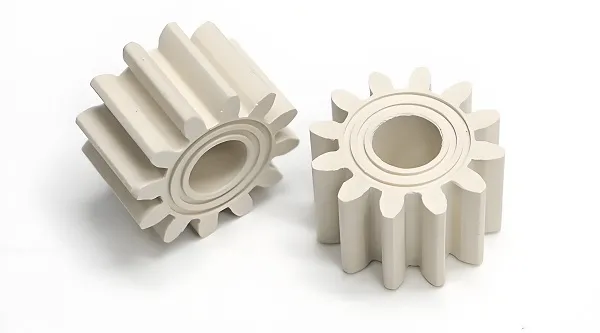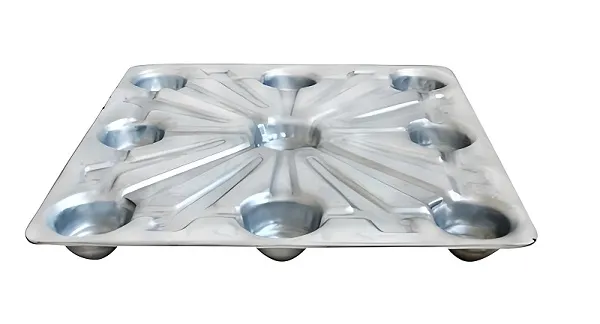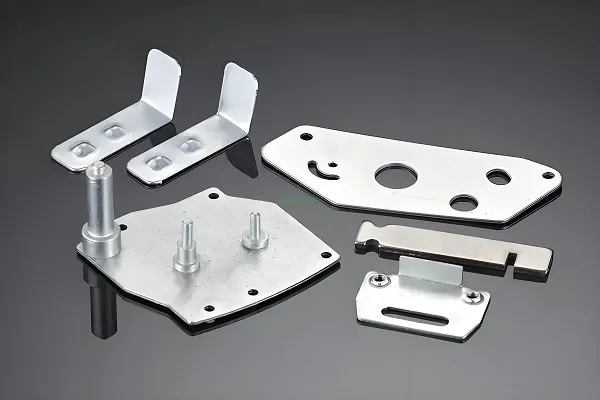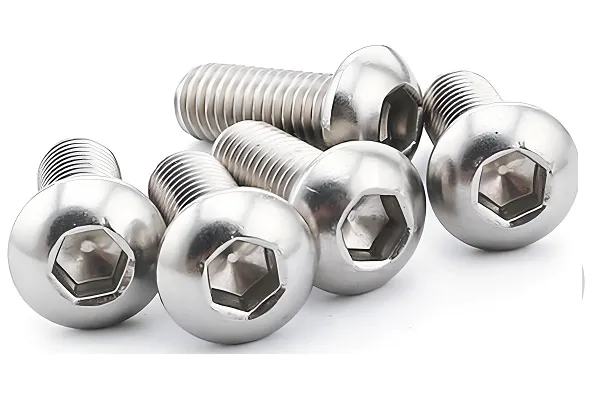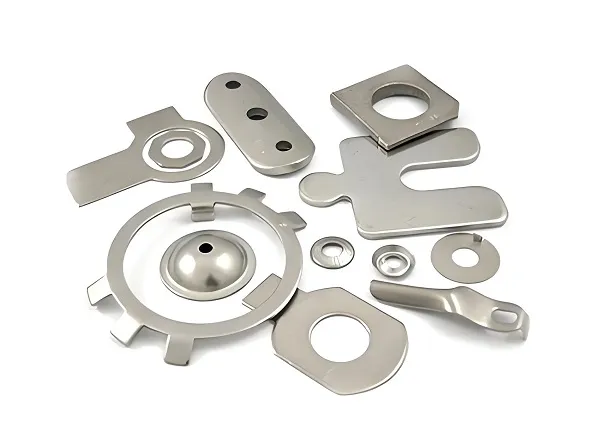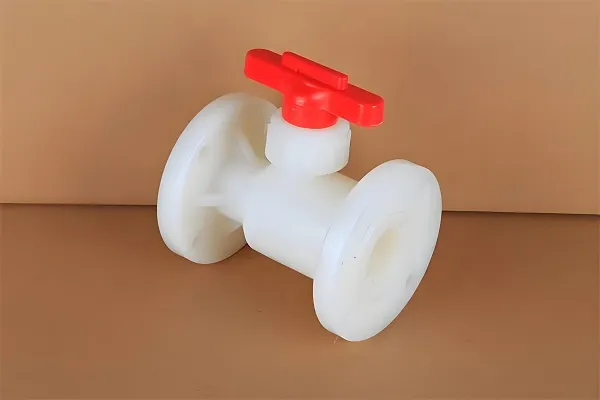As an important part of modern precision manufacturing, micro CNC machining technology is gradually showing its unique value and potential in many industrial fields. The purpose of this paper is to analyze the current situation, technical advantages and future development trends of micro CNC machining technology. By citing the latest industry data and actual cases, this paper details the application of micro CNC machining in medical devices, aerospace, electronics and telecommunications, and discusses the impact of technological advances on productivity, product quality and market demand.
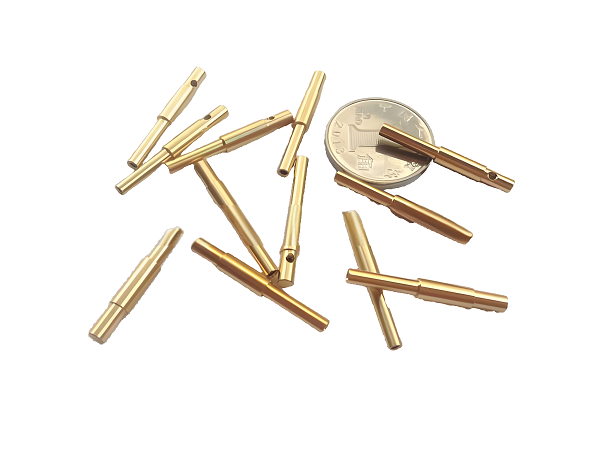
1. Introduction
With the continuous progress of science and technology and the development of industrial manufacturing refinement, micro CNC machining technology came into being. This technology realizes the precision machining of tiny parts through highly accurate CNC systems and microfabrication tools. According to market research organizations, the global micro CNC machining market size will continue to grow in the next few years, especially in the high-tech field will be more and more widely used. In this paper, we will discuss the present and future of micro CNC machining technology from multiple dimensions.
2 Overview of micro CNC machining technology
2.1 Technical definition and characteristics
Micro CNC machining technology refers to the use of high-precision CNC systems to control microfabrication tools, precision machining technology for tiny parts. Its features include high machining accuracy, high productivity, high automation and wide material adaptability. Micro CNC machining equipment usually adopts key components such as high-precision spindles, high-sensitivity sensors and precision guideways to ensure the stability and accuracy of the machining process.
2.2 Technical Advantages
High-precision machining: micro CNC machining technology can realize micron or even nano-scale machining accuracy to meet the needs of precision manufacturing.
High-efficiency production: through optimization of CNC program and automation control, it significantly improves production efficiency and reduces production cost.
Multi-material machining: applicable to the machining of a wide range of metallic and non-metallic materials, including cemented carbide, ceramics, glass and other difficult-to-machine materials.
Complex shape machining: capable of machining tiny parts with complex three-dimensional shapes to meet diversified design needs.
3 Micro CNC machining customization services
In the field of micro CNC machining, customization service is the key to meet the specific needs of customers and achieve product differentiation. The following are several important aspects of customized services:
3.1 Customer demand analysis:
Understand in-depth the specific needs of customers, including the size, shape, material, accuracy requirements, quantity and delivery date of the parts.
Work with the customer to determine the design of the product, to ensure that the design solution meets both the technical requirements and cost-effective.
3.2 Three-dimensional modeling and simulation:
Use CAD (computer-aided design) software for three-dimensional modeling of parts to ensure accurate design.
Simulation and analysis through CAE (computer-aided engineering) software to predict possible problems in the machining process, and optimize and adjust in advance.
3.3 Customized processing program:
According to customer demand and part characteristics, develop a personalized machining program, including the selection of appropriate machining strategies, tool paths, cutting parameters and so on.
For difficult-to-machine materials or complex shape parts, provide professional solutions to ensure smooth processing.
3.4 Sample trial production and verification:
Before formal production, make samples for trial production and verification to ensure that the product meets the design requirements and customer expectations.
According to the trial production results and customer feedback, make necessary adjustments and optimization to the processing scheme.
4. Production process
The production process of micro CNC machining usually includes the following key steps:
4.1 Raw material preparation:
Select raw materials that meet the requirements, and carry out the necessary pretreatment, such as cutting, cleaning, drying, etc..
4.2 CNC Programming:
According to the design drawings and machining plan of the parts, CNC programming is carried out to generate the program code for controlling the movement of the machine tool.
4.3 Machine setup and commissioning:
Clamp the raw material on the machine tool, and according to the programming instructions for the initial setup and debugging of the machine tool.
Ensure that the various parameters of the machine tool (such as rotational speed, feed rate, depth of cut, etc.) meet the processing requirements.
4.4 CNC machining:
Start the machine tool to begin the CNC machining process. The machine tool will carry out precise cutting, drilling, milling and other operations according to the preset program.
During the machining process, real-time monitoring of the operating status of the machine tool and machining quality, to ensure stable and reliable machining process.
4.5 Post-processing and inspection:
After processing is completed, the parts are deburred, cleaned, polished and other post-treatment work.
Strict quality inspection of the parts, including size measurement, shape and position tolerance detection, surface roughness measurement and so on.
4.6 Packing and shipping:
Pack the qualified parts and mark and categorize them according to customer requirements.
Ship the products to customers on time and provide necessary after-sales service and technical support.
5.Production materials
There are many kinds of production materials used in micro CNC machining, and the specific selection depends on the application scenario, performance requirements and cost considerations of the parts. The following are some common production materials and their characteristics:
5.1 Metal materials:
Aluminum alloy: lightweight, corrosion-resistant, easy to process, commonly used in aerospace, automotive and other fields.
Stainless steel: corrosion-resistant, high-temperature resistant, good mechanical properties, suitable for medical equipment, chemical equipment, etc.
Titanium alloy: high strength, low density, corrosion resistance, commonly used in high-end equipment manufacturing field.
5.2 Non-metallic materials:
Plastics: such as ABS, nylon, PC, etc., with good processing performance and corrosion resistance, widely used in electronics, consumer goods and other fields.
Ceramics: high hardness, high temperature resistance, corrosion resistance, suitable for manufacturing high-precision, highly wear-resistant parts.
Composite materials: combining the advantages of different materials, with excellent comprehensive performance, such as carbon fiber composite materials are widely used in aerospace field.
6.Application Fields
6.1 Medical devices
The application of micro CNC machining technology in the field of medical devices is particularly prominent. For example, micro CNC machining technology plays a key role in the manufacturing of minimally invasive surgical instruments, precision medical sensors and implantable devices. According to industry reports, more than 20% of precision components in the global medical device market are produced using micro CNC machining technology.
6.2 Aerospace
In the aerospace field, micro CNC machining technology is widely used in the manufacture of key components such as engine parts, precision navigation equipment and sensors. These components have very high requirements for machining accuracy and performance, and micro CNC machining technology can meet these requirements and ensure product quality and reliability.
6.3 Electronic communication
With the miniaturization of electronic products and integration trend accelerated, micro CNC machining technology in the field of electronic communications is also increasingly wide range of applications. For example, in the cell phone camera module, chip packaging and miniature connectors, etc., micro CNC machining technology plays an important role. According to market research organizations, nearly 30% of precision parts in the global electronics and communications industry are produced using micro CNC machining technology.
Miniature CNC Machining Parts FAQ
Q: Micro CNC machining for which materials?
A: Micro CNC machining technology is widely applicable to a variety of materials, including but not limited to:
Metal materials: such as aluminum alloys, stainless steel, titanium alloys, etc., which have good mechanical properties and machinability.
Non-metallic materials: such as plastics (ABS, nylon, PC, etc.), ceramics, composites (e.g., carbon fiber composites), etc., which have unique advantages in specific application scenarios.
Q: What is the lead time for micro CNC machined parts?
A: Lead times for micro CNC machined parts vary depending on a number of factors including, but not limited to, part complexity, quantity, material availability, machine tool scheduling, and unforeseen factors in the machining process. In general, lead times may range from a few days to a week for simple parts, while lead times may extend to several weeks or more for complex parts or large production runs. In order to shorten the lead time, it is recommended to communicate with the machining manufacturer in advance to confirm the detailed machining requirements and delivery time, and to provide complete drawings and information as much as possible.
Q: What is the development trend of micro CNC machining technology?
A: Micro CNC machining technology is constantly developing and improving, the future development trend mainly includes the following aspects:
High-precision: With the improvement of machine tool accuracy and machining technology, the dimensional accuracy and surface quality of micro CNC machined parts will be further improved.
High-efficiency: High-efficiency machining is achieved by optimizing the machining strategy and tool path, and improving the cutting speed and feed rate of the machine tool.
Intelligent: introduce artificial intelligence, Internet of Things and other advanced technologies to realize the automation, intelligence and remote monitoring of the machining process.
Greening: focusing on environmental protection and energy saving in the machining process, adopting green materials and green processing technology to reduce the impact on the environment.

